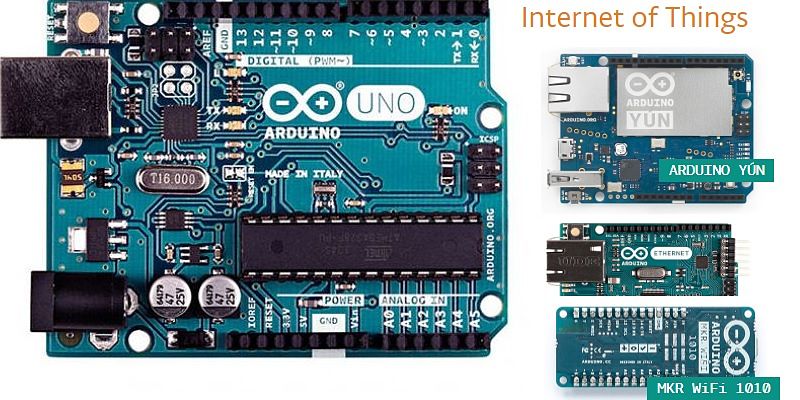
Arduino circuit boards are very popular for building custom IoT hardware. They run on a single-board micro-controller and are often competing with Raspberry Pi as end applications for IoT projects.
Arduino offers an inexpensive, extensible and highly versatile platform for developers to start tinkering with out of the box.
What Is Arduino?
Arduino is a completely open-source electronics platform that was developed in Ivrea, Italy, in 2003. As an aside, the name Arduino comes from a bar where the developers often met to discuss their projects.
There are different components present in any Arduino project: boards, modules and shields. Using an easy-to-use Arduino software, one can write code on Java, C or Python and upload it to the boards, modules or shields.
In addition, there are many different versions of Arduino boards that are popular. Of these, Arduino Uno is extremely common and one of the best boards for entry-level projects.
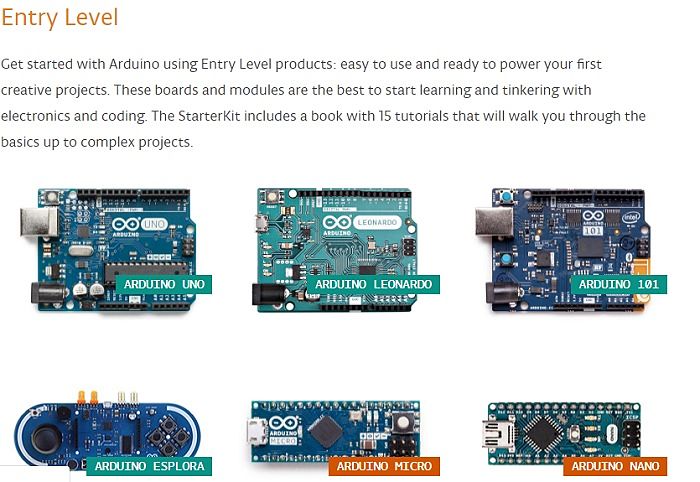
As one moves to an advanced level, there are custom boards for IoT projects. Also, there are custom designs for wearables, GSM, LCD screens, USB converters, Ethernet and Bluetooth.
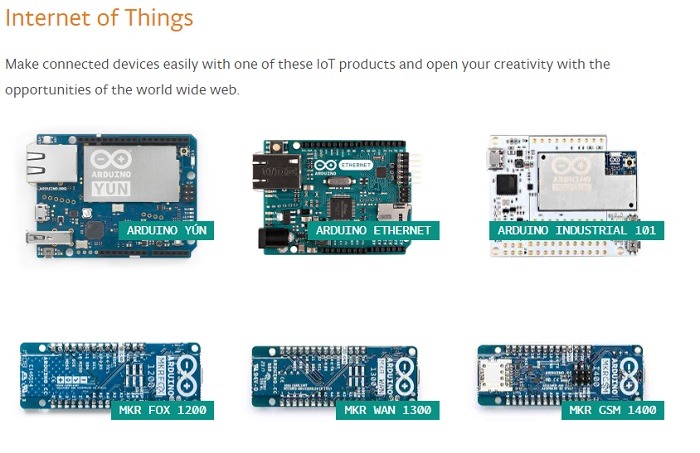
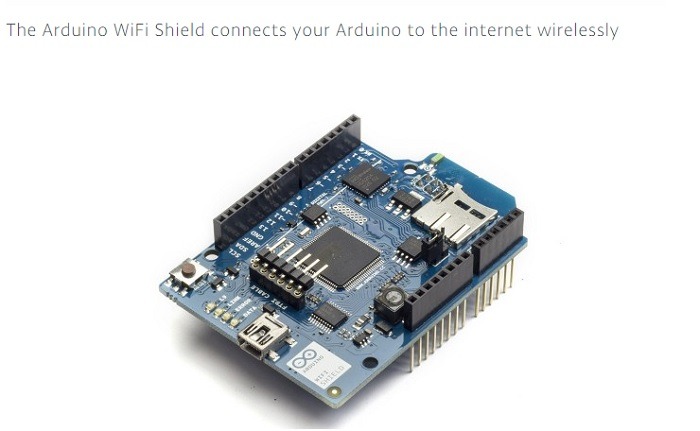
To support extra features, Arduino supports special boards called shields which are available on top of Arduino boards.
Components of an Arduino Board
A typical Arduino board, such as Uno, consists of different components, as shown below.
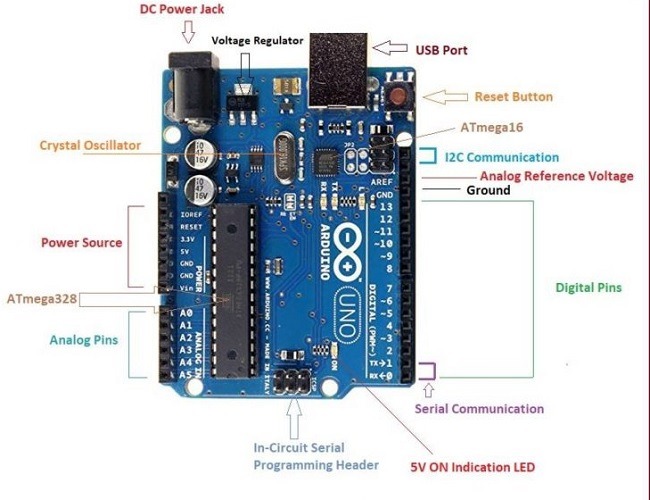
- Power source: power usually comes from a computer USB cable to the board’s USB ports. It can also come from a wall supply unit.
- Analog pins: the pins numbering five or higher connect to a breadboard or other wires. As shown in the picture, the pins are marked for voltage from 0 to 5V.
- Digital pins: the pins numbering thirteen or higher provide sensitive inputs from the computer. Accordingly, they can help power an LED, push buttons or inject programs.
- Power LED indicator: to show whether the device is on or off, a power LED indicator comes in picture.
- Micro-controller: in the above diagram, the ATmega328 micro-controller is providing signals to the board. In fact, it is really the brain of the Arduino board.
- Reset button: the Reset button connects the reset pin to ground and restarts any code on the Arduino.
- Crystal oscillators: these provide clock signals to the ATmega328 micro-controller.
Applications of Arduino in IoT
Being cheaper, Arduino boards find applications in IoT projects which require machine-to-machine interfaces.
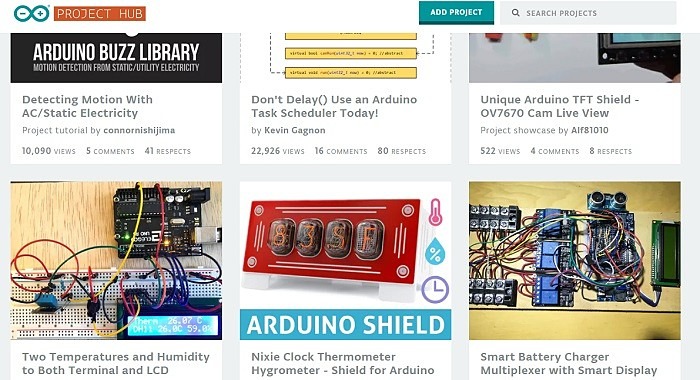
Many of these projects are available at Arduino Project Hub. From automatic garage parking to baby monitors, metal detectors and industrial robotic hands, one can learn creative IoT designs.
If you want to replicate one of these interesting projects, you can order an Arduino kit online. Arduino’s open source community is extremely helpful and supportive to those wanting to build something of their own.
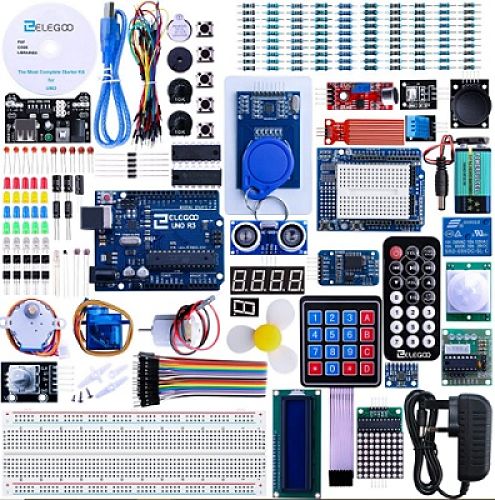
Conclusion
As the IoT space evolves with more interesting projects, circuit boards of Arduino or Raspberry Pi will gain huge importance. Currently, there is hardly any IoT project where these don’t find end applications. A lot of future articles on this site will feature projects or information relating to Arduino.










